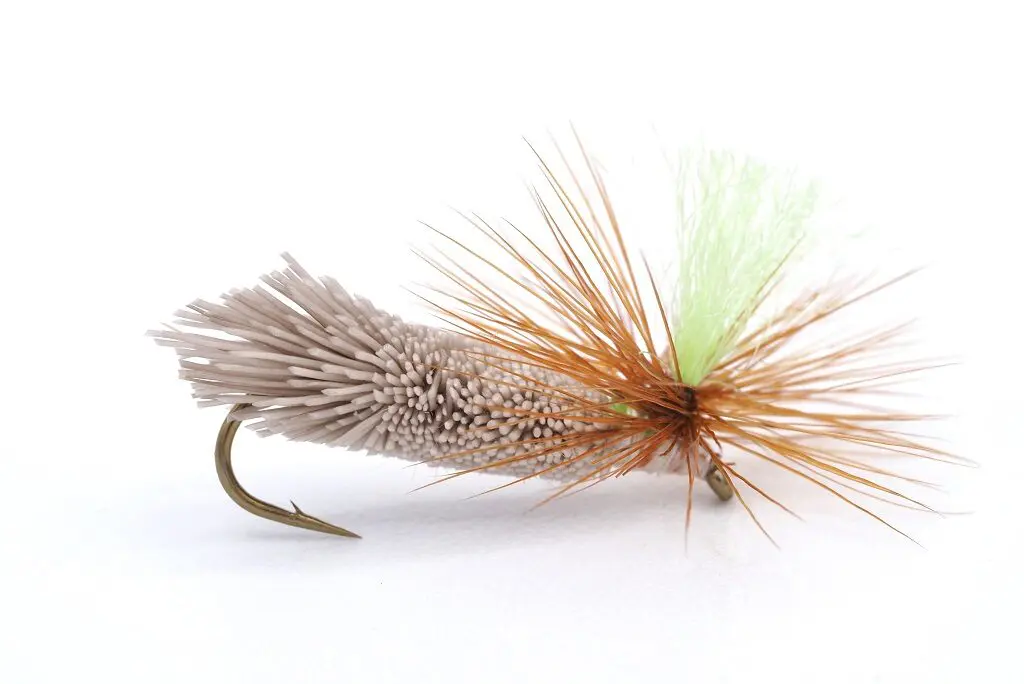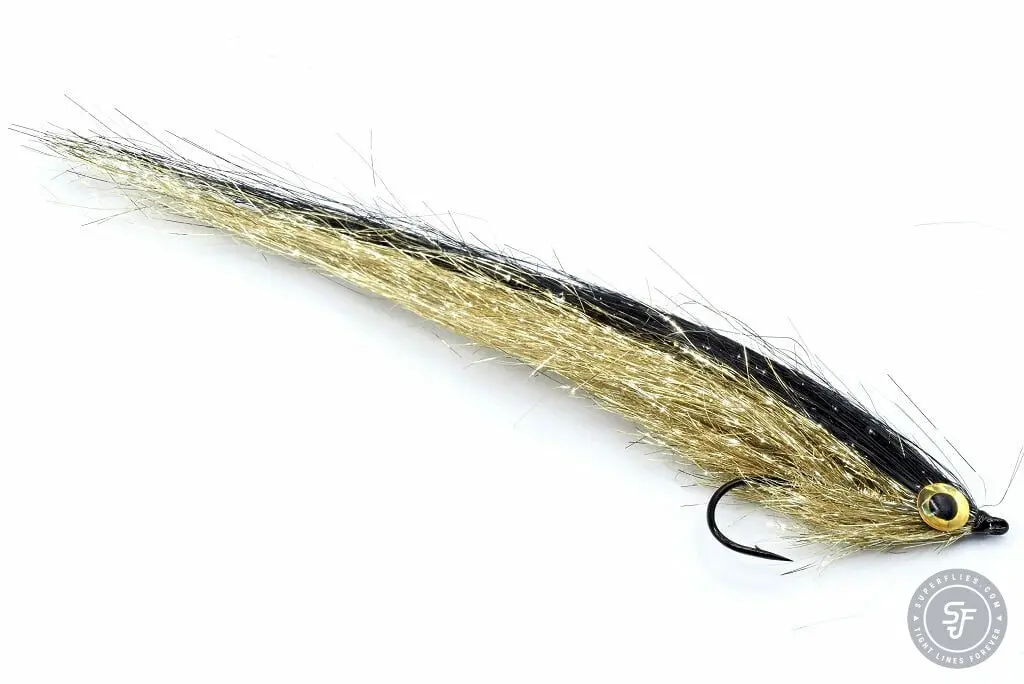09-07-2021

Russia’s Kola Peninsula offers some of the world’s best fly fishing for wild brown trout. What’s even more exciting is that it can be practiced in completely different settings: from pocket fishing in fast currents to calmer headwaters with minimal structure. Just choose your cup of tea. The upper parts of Kharlovka are a prime example of the latter, and also the choice of Pietari Sipponen, long time Fly Fishing Team Finland member. We had the opportunity to interview him on keys to success in this ideal playground for big dry fly-biting browns.
Text: Antti Kalske
Pictures: Pietari Sipponen
“First of all, I’d leave my nymph rod home.” At first perhaps a surprising statement from a seasoned competitive angler, but quite the contrary when considering the character of Kharlovka’s upper parts. Backwaters alternate with unhurriedly flowing river stretches, only to be interrupted by a few fairly calm rapids in between. Without doubt the optimal setting for dry fly fishing.
Whether you’re heading to this exclusive fishery or not, listening to Pietari Sipponen‘s trout fishing tips is always a good idea. Especially, if the waters you fish have broad, slower moving pools – or maybe you’re just keen to find out some of Pietari’s favorite fly patterns.
If you want to concentrate on dry fly fishing for big brown trout, the headwaters of Kharlovka offer just that. “Our first trip some years ago was basically purely dry fly fishing. About half of the over 50 cm fish we caught also passed the 60 cm mark, with 70-80 cm fish not uncommon,” Pietari describes. “Perhaps you’ll find more quantity in places like Varzina, but the quality in terms of average size is hard to beat.”
Observations from the river bank shed light on possible reasons behind the pumped up figure of trophy trout – as well as the effectiveness of dry flies. “Caddis and mayflies are abundant. Especially the caddis hatches can be absolutely insane,” he continues. ”The build of the fish suggests they are definitely not starving. Some of the ones we caught had more resemblance with a football than the slender habitants of more barren rivers.”
With caddisflies being the staple entrée, Pietari’s fly of choice would often be the Nyblom Caddis, also known as Parachute Caddis, in sizes #10-12 (also available in our selection with a Hi-Viz wing). Especially these larger sizes are great for efficiently covering pools with long casts and drifts, but smaller ones can also be used effectively. In the event of mayfly hatches, his recommendation would be a Parachute Adams, for example in sizes #12-14.



“Something to keep in mind is that you can rarely rely on wading to approach the fish due to the calm current. This means that at times long casts are needed to effectively go through pools,” Pietari describes the style of fishing required in broad, slow-flowing pools with a lot of water to cover. “Because of the long casts in usually windy conditions, I would go for a slightly heavier dry fly setup than usual, perhaps a #5 or #6 weight rod.”
Sometimes even that isn’t enough.
In the Arctic tundra, conditions vary quickly and can at times make dry fly fishing simply impossible. Pietari recalls a mid-July trip, when a storm raised white water waves in some of the pools, not to mention eliminated the slightest signs of any hatches. During those days it’s wiser to switch to streamers, which are of course also effective throughout the season.
“It pays off to carry a #7 weight or so streamer setup along. Streamers are effective in quickly exploring pools in all conditions, and during rough weather they become the only reasonable choice,” Pietari explains his recommendation of carrying both setups along the bank. “You can and should have some nymphs in your fly box in case the fish don’t feel like rising. However, I wouldn’t even consider tight-line nymphing for these waters.”
A word of warning for streamers: the river has a healthy pike population, so come prepared with backups in case of losing your trusted flies to sharp teeth. Apart from pike, Kharlovka’s upper parts have a limited amount of species with minnows being the primary baitfish for piscivores. For example, there is no grayling to speak of, at least according to Pietari’s knowledge. Neither does the salmon run reach these upper parts with natural blockades along the way.
This in mind, any minnow or trout fry imitations will probably be effective. Pietari’s go-to streamer is a gold Supertinseli, with different sizes from 5-15 cm in length in his arsenal. When forced to choose one size, his best bet is a #2, but would definitely prefer a wider size selection for different situations. Olive Woolly Buggers and Sculpin-type flies have also been effective and are a helpful tool in serving the fly deeper.



Whereas reading rapids in faster currents might be easier, with the typical eddies and holes standing out clearly, hot spots might not be as obvious in Kharlovka’s vast areas of slow, steady current. But it’s not rocket science either. “You’ll mostly be fishing around rocks, riffles and the tails of runs,” Pietari summarizes.
This isn’t necessarily the easiest environment for the hasty hook-setter. Perhaps due to the added time to plan their takes, trout tend to suck in dries from a distance instead of fast, aggressive takes. Sometimes the fish don’t reveal their size before long into the fight, which Pietari also got to witness himself. “I remember casting next to a rock, and the fly being inhaled deep into the water without seeing a glimpse of the fish. After getting ready for a quick and easy netting, it turned into a 68 cm body builder brownie that was quickly peeling backing from my reel.”
Another event that has stuck especially demonstrates how you don’t always need to match the hatch.
After being shown to the first pool of the day, a narrow riffle turning into a light rapid, Pietari decided to tie on one of his trusted attractor patterns, a Pink Foam Ant. The guide laughed at the fly in disbelief and named it “Hubba Bubba”. Eyebrows were raised when Pietari almost immediately hooked one of the best fish of the trip, followed by several more. By the end of their stay, the guide had already become Hubba Bubba fan – the morale of the story being to always have a surprising trick up your sleeve.


Definitely worth a mention on our fly list.
Gear: Carry two setups with you: a #5-6 weight for dry flies and #7 weight for streamers
Techniques: Dry fly fishing, streamer fishing
What to look for: riffles, rocks
Pietari’s fly Recommendations:
1. Nyblom Caddis #10-12
2. Parachute Adams #12-14
3. Supertinseli Gold #2 (but do also try larger and smaller sizes)
4. Olive Woolly Bugger #8
5. Pink Ant